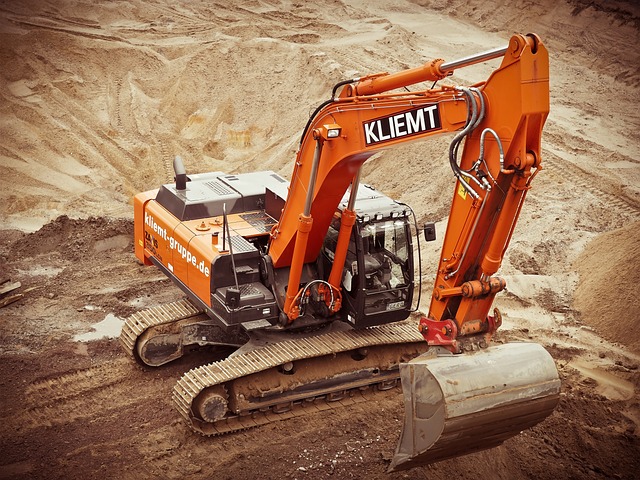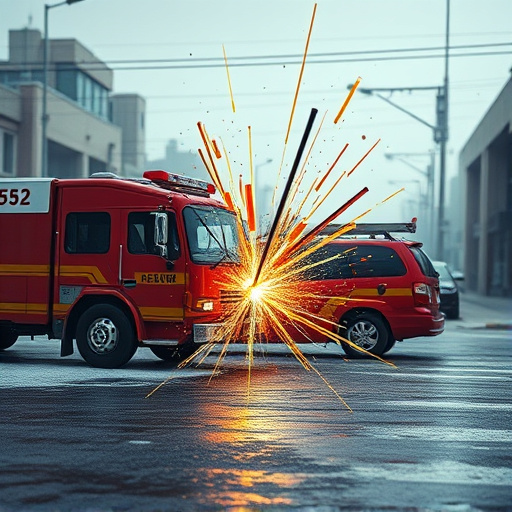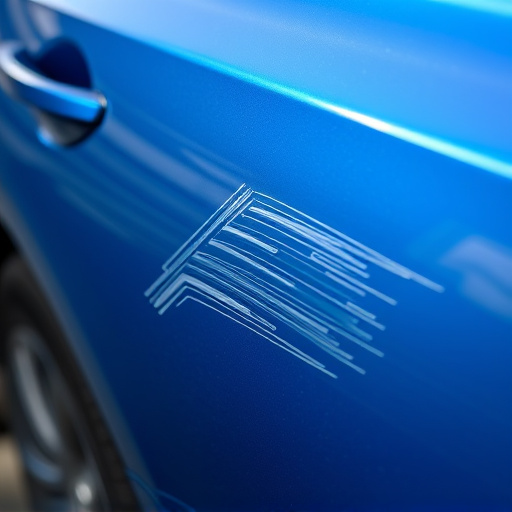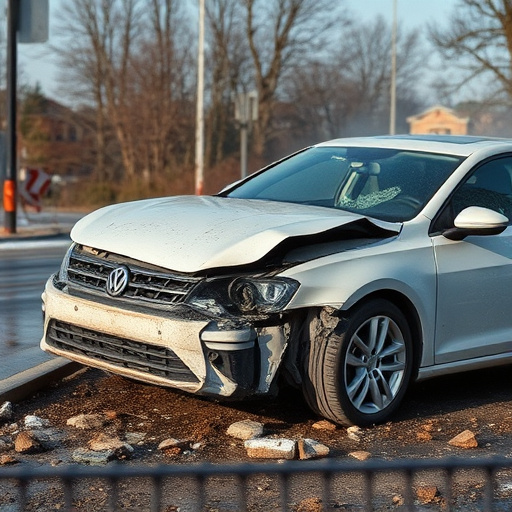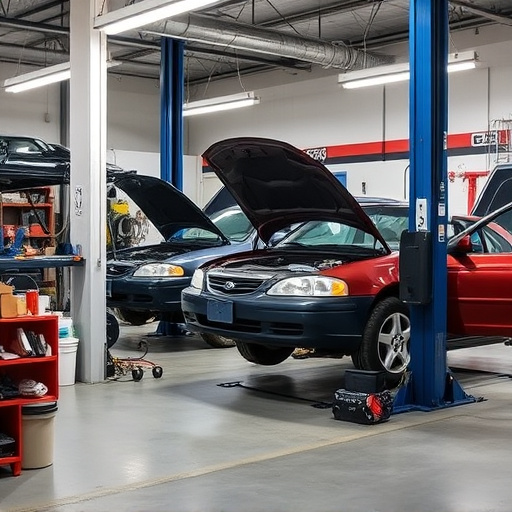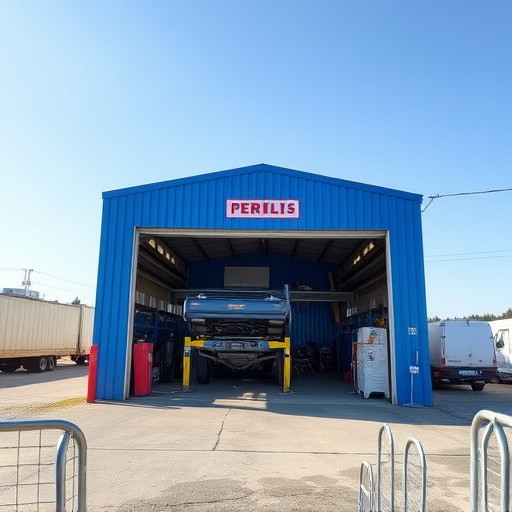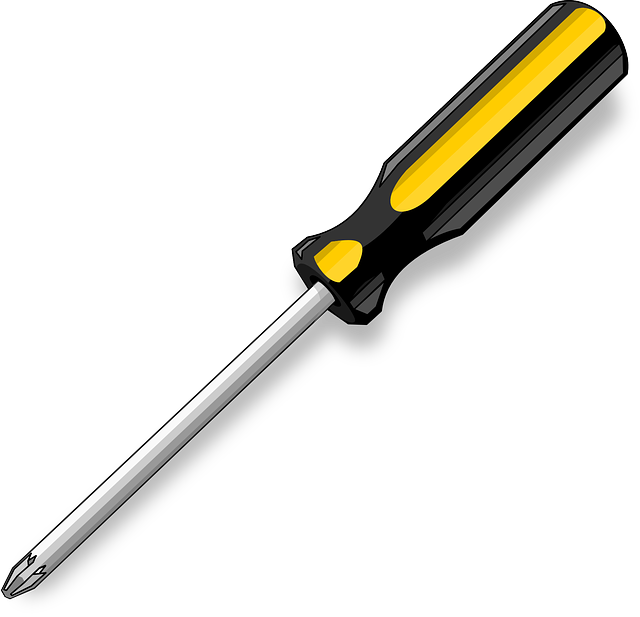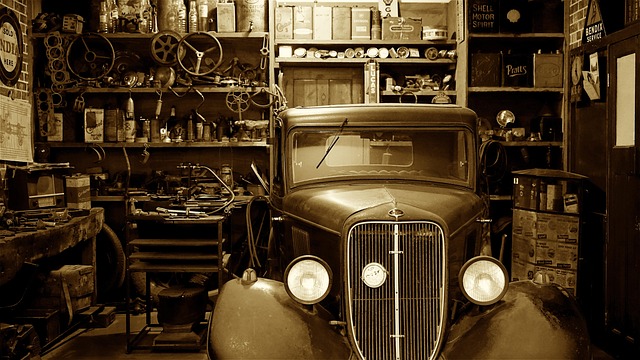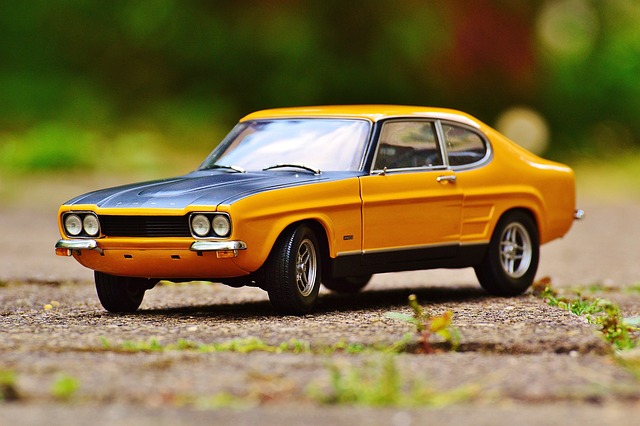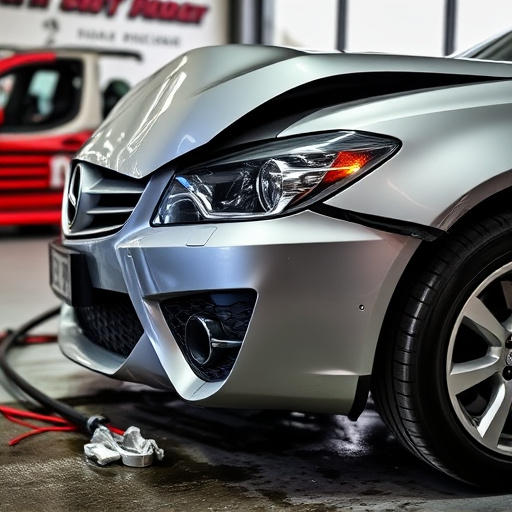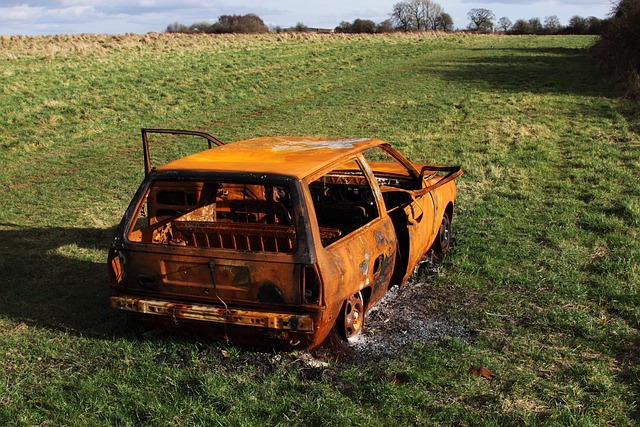Precision training and ongoing support are vital for minimizing errors in molding replacement collisions (MRC), a critical aspect of auto dent repair. By focusing on technical skill development, soft skills enhancement, teamwork, and effective communication, body shop technicians can achieve consistent, high-quality results. This includes mastering MRC procedures, improving panel fitting accuracy, reducing repair times, and controlling costs associated with damaged molds caused by human error or equipment malfunction. Regular performance metrics and feedback sessions ensure continuous improvement, fostering a collaborative environment where every team member contributes to flawless MRC outcomes.
In manufacturing, consistent molding replacement collision results are vital for maintaining product quality and reducing waste. This article explores the critical aspect of training teams to minimize such collisions. We delve into understanding the causes and impacts of molding replacement collisions, followed by strategies for effective training that build a cohesive and competent team. Additionally, we discuss post-training implementation tactics to ensure continuous improvement in collision results.
- Understanding Molding Replacement Collisions: Causes and Impacts
- Strategies for Effective Training: Building a Consistent Team
- Post-Training Implementation: Ensuring Collision Results Improve Continuously
Understanding Molding Replacement Collisions: Causes and Impacts

Molding replacement collisions, though seemingly trivial, have significant implications for auto bodywork and car dent repair. These incidents often occur during various stages of a vehicle’s lifecycle, from manufacturing to everyday use. Understanding their causes is paramount in ensuring consistent results in auto dent repair. One primary cause is human error, where misalignment or improper handling leads to collisions between molds—the precise forms that give cars their distinct shapes. Another factor is equipment malfunction, where outdated or malfunctioning machinery can inadvertently cause collisions during the molding process.
The impacts of these collisions are far-reaching. In auto bodywork, they can result in damaged molds, leading to inconsistent panel fitting and finish quality. For car dent repair professionals, it means dealing with pre-existing deformities that require additional time and skill to rectify, potentially increasing repair costs and time. Effective training is therefore crucial to mitigate these issues, focusing on precision work, regular equipment maintenance, and troubleshooting techniques to ensure every replacement collision results in flawless auto dent repair outcomes.
Strategies for Effective Training: Building a Consistent Team

Training is a cornerstone for achieving consistent results in any process, and molding replacement collision (MRC) is no exception. To build a reliable team capable of delivering top-tier MRC services, focus on comprehensive training strategies that cater to both technical skill development and soft skills enhancement. Start by ensuring every team member understands the intricacies of MRC procedures, from identifying various types of car damage repair to mastering specific techniques for bumper repair and other automotive repair tasks. This involves hands-on training sessions using real or simulated collision scenarios, allowing technicians to hone their abilities under controlled conditions.
Complementing technical training with soft skills development is equally vital. Teamwork, effective communication, and adaptability are key to delivering consistent MRC results. Foster an environment where collaboration is encouraged, and knowledge sharing becomes a norm. Regular team meetings, workshops, and feedback sessions can significantly contribute to building cohesion and ensuring everyone aligns with the desired outcomes—whether it’s minimizing repair time or maintaining high-quality standards in bumper repair and other car damage repair tasks.
Post-Training Implementation: Ensuring Collision Results Improve Continuously
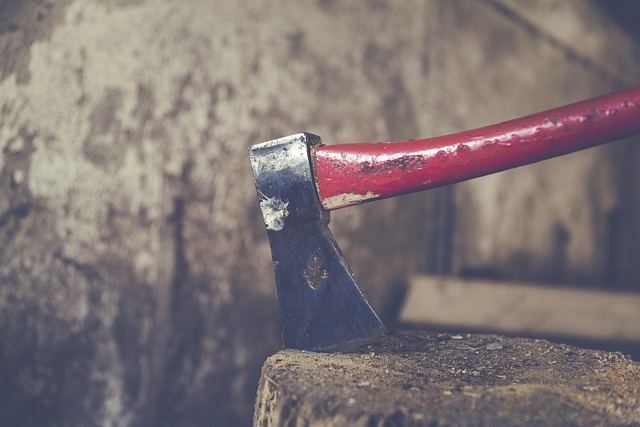
After training has concluded, the real test begins: implementing what’s been learned and observing improvements in molding replacement collision outcomes. The post-training phase is crucial for ensuring that new techniques and protocols are effectively adopted by the team. This includes setting clear expectations and establishing performance metrics to track progress over time. Regular check-ins and feedback sessions will help identify any challenges or areas where further training might be needed, fostering a continuous improvement culture within the car body shop.
Additionally, encouraging open communication between technicians and management is vital. Technicians on the front line are often the first to notice subtle changes in collision repair processes. By actively seeking their input and experiences, the team can collectively refine techniques for both frame straightening and vehicle paint repair. This collaborative approach ensures that every member of the team feels valued and invested in achieving consistent, high-quality molding replacement collision results.
Effective training is the cornerstone of achieving consistent results in molding replacement collisions. By understanding the causes and impacts of these events, implementing strategic training methods, and continuously improving post-training implementation, teams can master their craft. This ensures not only better collision outcomes but also a more efficient and safe working environment. Remember, a well-trained team is the key to minimizing molding replacement collisions and maximizing productivity.
